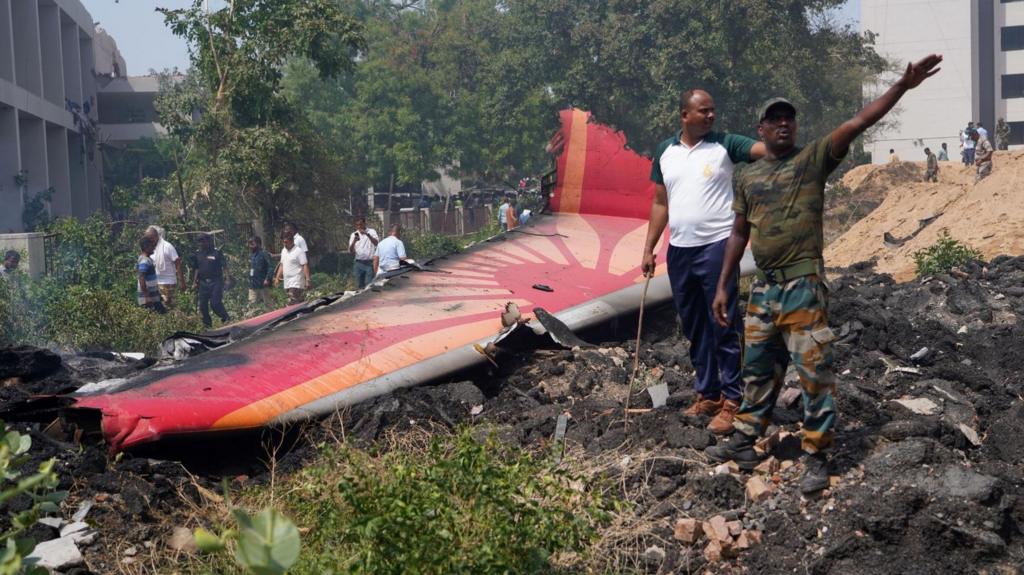A 6.0 magnitude earthquake struck eastern Afghanistan late Sunday, killing at least 800 people and injuring 2,500, according to the Taliban government’s Monday update. The quake, centered 27 kilometers east-northeast of Jalalabad in Nangarhar province, hit at 11:47 p.m. at a shallow depth of 8 kilometers, amplifying its destructive impact. Numerous villages in Kunar province were devastated, with many homes reduced to rubble.
The U.S. Geological Survey reported several aftershocks following the initial quake. Footage showed rescuers carrying injured people on stretchers from collapsed buildings and airlifting them via helicopters, while others dug through debris by hand. Zabihullah Mujahid, a Taliban spokesman, confirmed the rising toll at a press conference, noting most casualties occurred in Kunar.
Afghanistan’s buildings, often made of mud bricks, wood, or poorly constructed concrete and brick, are highly vulnerable to earthquakes. In Nurgal district, one of the hardest-hit areas, a resident described near-total destruction, with children, elderly, and young people trapped under rubble. “We need help here,” he urged, pleading for assistance to recover bodies.
Sadiqullah, a survivor from Nurgal’s Maza Dara area, recounted a terrifying ordeal. Awakened by a loud boom, he rescued three of his children but was trapped when his home collapsed. “My wife and two sons are dead, and my father is injured,” he said from Nangarhar Hospital, where he was pulled from the rubble after hours. “It felt like the whole mountain was shaking.”
Rescue efforts are ongoing, with medical teams from Kunar, Nangarhar, and Kabul deployed. Health ministry spokesman Sharafat Zaman said casualty figures may rise as remote areas report. Mujahid pledged all available resources to save lives.
Jalalabad, near the quake’s epicenter, is a key trade hub with Pakistan, with a population of about 300,000 and a larger metropolitan area. The city supports significant agriculture, including citrus and rice, along the Kabul River. Eastern Afghanistan’s mountainous terrain and poor communications have complicated rescue and reporting efforts.
This quake follows a 6.3 magnitude earthquake on October 7, 2023, which the Taliban estimated killed 4,000, though the U.N. reported about 1,500 deaths, marking it as Afghanistan’s deadliest recent natural disaster.





